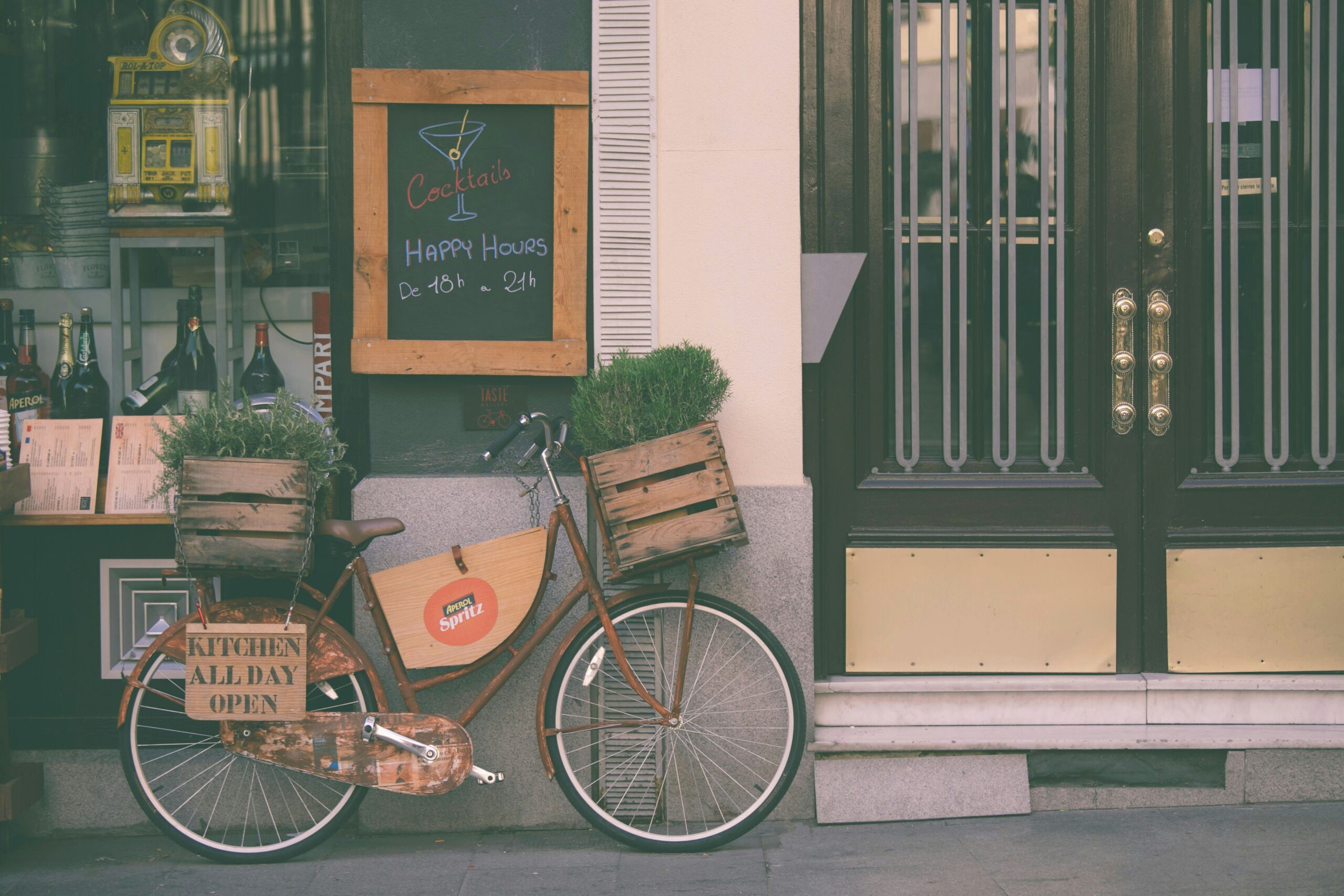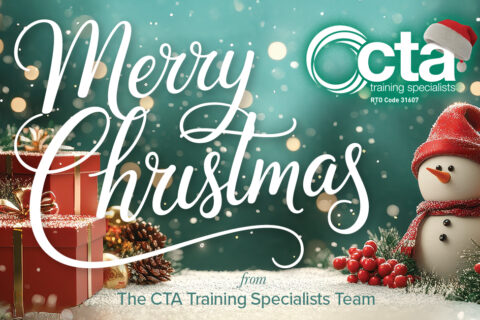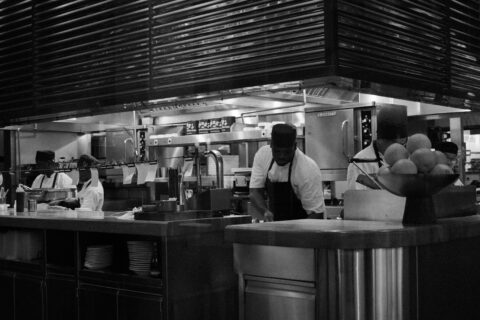Licensees in New South Wales must make sure their liquor promotions follow NSW laws and rules.
These laws help reduce harm and support the responsible service of alcohol.
The NSW Government has created list of guidelines for Licensees to follow.
Contents
What are the Guidelines?
There are seven guidelines, if the promotion breaches one of them then it can be subject to a ban or restriction.
In short, the principles are that liquor promotions should not:
-
Appeal to minors
-
Be indecent or offensive
-
Promote non-standard measures
-
Use emotive descriptions or advertising
-
Have extreme discounts
-
Promote irresponsible, rapid or excessive Consumption
-
Be against public interest
Principle One: Appealing to Minors
Promotions must not be aimed at people under 18. This includes using images, names, or designs that appeal to children or teenagers.
Some examples of unacceptable promotions are:
-
Using characters, imagery, motifs, naming or designs that would appeal to minors.
-
Including merchandise that primarily appeals to minors.
-
Using interactive games or technology that would appeal to minors.
-
Using images of people who look under 18 drinking or about to drink.
Principle Two: Indecent of Offensive
This one is easy to explain. Promotions should not be indecent or offensive. Deciding what would be considered indecent is usually subjective. However, in this case the level of offence is what would reasonably be considered offensive to the broader community.
Some examples of unacceptable promotions are:
-
Using offensive or sexual images or language.
-
Offering free drinks for doing offensive acts. For example, encouraging participants to remove items of clothing.
-
Using insulting or offensive language.
-
Using any form of discriminatory, demeaning or vilifying language or imagery.
-
Using sexual, degrading or sexist images, symbols, figures or innuendo.
Principle Three: Non-Standard Measures
Promotions must not use non-standard drink measures. This could encourage irresponsible drinking or lead to intoxication.
Standard measures help people make informed choices about their alcohol consumption. When non-standard measures are used, it increases the risk of harmful drinking.
In Australia, one standard drink contains 10 grams of pure alcohol.
Some examples of unacceptable promotions are:
-
Encouraging the consumption of liquor in a yard glass for skulling.
-
Encouraging the consumption of laybacks, slammers, blasters, bombs or drinking from a water pistol or test tubes.
-
Encouraging an individual to purchase and consume an alcoholic drink intended to be shared.
-
Encouraging the consumption of multiple shooters or shots by an individual.
Principle Four: Emotive Description or Advertising
Promotions should not use emotional or exaggerated language that encourages heavy drinking.
Some examples of unacceptable promotions are:
-
Promoting events which focus on the excessive consumption of alcohol e.g. ‘Mad Monday’.
-
Using language that suggest irresponsible or excessive consumption of alcohol. For example, ‘Drink like a fish’, ‘beat the clock’ and challenges to drink within certain timeframes.
-
Engaging a person who, as part of the promotion, enthusiastically talks up excessive consumption of alcoholic beverages, encourages intoxication or irresponsible or illegal behaviour.
-
Encouraging consumers to get drunk. This may involve the use of language images or slogans such as ‘drink till you drop’ or ‘drink your money’s worth’.
-
Encouraging patrons to post pictures on social media of themselves in an intoxicated state.
Principle Five: Extreme Discounts
Promotions shouldn’t offer free drinks, extreme discounts, or short-term deals that encourage people to drink faster than they normally would.
Some examples of unacceptable promotions are:
-
Providing free drinks which encourage rapid consumption of alcohol (e.g. all you can drink in a limited time frame).
-
Using drink cards, promotional cards or vouchers which encourage rapid consumption of alcohol over a short period of time. For example, $50 voucher redeemable between 9pm and 10pm.
-
Promoting happy hours encouraging or facilitating the rapid consumption of alcohol.
-
Promotions that link the consumption of alcohol to unpredictable events (e.g. free drinks until the first points scored).
-
Promotions shouldn’t reward buying large amounts of alcohol with free or discounted drinks that can be used during the same trading period. For example, buy six drinks and get two free drinks.
-
Run for very short periods, creating incentive for patrons to stockpile or consume liquor rapidly.
-
Run for extended periods over two hours, where patrons may drink more than they otherwise would.
-
Offer ‘all you can drink’ for a set price or long periods of free drinks (e.g. $50 entry and free drinks all night).
-
Involve discounts of greater than 50% off the normal retail price.
Principle Six: Irresponsible, Rapid or Excessive Consumption
Promotions should never encourage irresponsible, rapid, or excessive drinking.
Things like happy hours, competitions, and games can make a venue livelier. If they’re not managed properly, they can end up encouraging people to drink more or faster than they normally would.
Some examples of unacceptable promotions are:
-
Using drinkware which encourages rapid consumption, such as test tubes, water pistols or yard glasses.
-
Drinking games, competitions, challenges, dares, scoreboards, lotteries or games of chance that involve the rapid or excessive consumption of liquor (e.g. beer pong, skolling games, flip and win, ‘around the world’, ‘60 shots in 60 minutes’, pub golf).
-
Challenging or daring patrons to drink a particular drink because of its higher alcohol content.
-
Happy hours occurring late into the trading period or early hours of the morning.
-
Encourage the stockpiling of drinks.
-
Encourage alcohol to be consumed with kava in a single drinking session. Mixing kava with alcohol can increase the intoxicating effects of alcohol. NSW licensed premises should not offer kava to patrons. Liquor & Gaming NSW would consider the service and consumption of kava and alcohol at licensed premises to go against responsible service of alcohol practices.
Principle Seven: Not in Public Interest
Promotions must not go against the public interest.
Even if a promotion follows all other rules, it can still be considered inappropriate if it’s unfair, indecent, unlawful, or harmful to the community. Public interest refers to the wellbeing of the community and avoiding actions that could cause harm.
Licensees should make sure promotions are not discriminatory, demeaning, or unlawful.
Some examples of unacceptable promotions are:
-
Using images or messages that could be seen to be encouraging or condoning breaking the law or other anti-social behaviour.
-
Using images or messages which link the promotion of alcohol with illicit drugs or allude to drug taking behaviour.
-
Associating liquor consumption with aggressive or violent behaviour towards other people.
-
Including discriminatory elements into a promotion such as a gender-based free drinks or discounts (e.g. ‘women drink free’).
What happens if I don’t comply?
If your promotion doesn’t comply with above guidelines, it can be investigated by Liquor & Gaming NSW. Usually, they contact the licensee first to get an explanation, and they may request changes or withdrawal of the promotion.
If the concerns are not addressed, then a ban or restriction can be enforced on any promotion or activity considered to be undesirable. To do this, they would issue a written notice under section 102 of the Liquor ACT 2007.
If a licensee does not comply with a ban or restriction, they face fines of up to $5500.
What promotions do the guidelines apply to?
NSW licensees should be mindful that the guidelines apply to all types of promotional activities by all licensees.
This includes:
-
inside the venue – for example, signs, posters, games, or special deals
-
traditional advertising – for example, flyers, newspaper ads, or posters in public places
-
online and digital promotions – for example, anything on the internet or through apps.
Some examples of online or digital promotions include:
-
your venue’s website
-
social media (Instagram, Facebook, TikTok, Snapchat, Twitter)
-
messaging apps (for example, WhatsApp, Messenger)
-
blogs and podcasts
-
YouTube videos
-
email or SMS marketing
-
online ads or banners
-
smartphone apps.
Harm minimisation
In addition to the above guidelines, all Licensees should take into account harm minimisation techniques when deciding on a promotion.
There are many things to consider when deciding on harm minimisation so here are a few to help you.
-
Consider the time of day - running promotions at certain times can increase the risk of harm. Promotions run earlier in the day (pre-10pm) generally pose less risk than those later in the evening.
-
Duration – when a promotion is either too short or too longer it can elevate risk. Short promotions may encourage patrons to drink rapidly while promotions that run too long can encourage patrons to drink excessively over a longer period of time.
-
Frequency – running multiple promotions during a single trading period can increasing the risk of alcohol-related harm.
-
Consider placing drink limits and liquor strength limits.
-
Always remember to monitor patrons.
Digital pitfalls to avoid
Most promotions are now run on digital platforms like email or social media. There are a couple of pitfalls to look out for when advertising digitally.
-
Influencers – Ensure any influencer that you use for advertising is 18+ and their content is aimed at adults. Also, remember that any paid partnerships have to be disclosed by the influencer.
-
User Generated Content – If you reshare customer content, you’re responsible for it. Don’t show posts that show rapid consumption, intoxication or go against the other guidelines. We recommend obtaining permission before reposting.
-
Paid Ads – Always ensure that you are only targeting people who are 18+ with digital ads.
This topic is covered in our Licensee Training & Online Licensee Training which is mandatory training for all licensees in NSW.
Have more questions about Licensee Training? Get in touch or check out our Licensee Training Guide.





